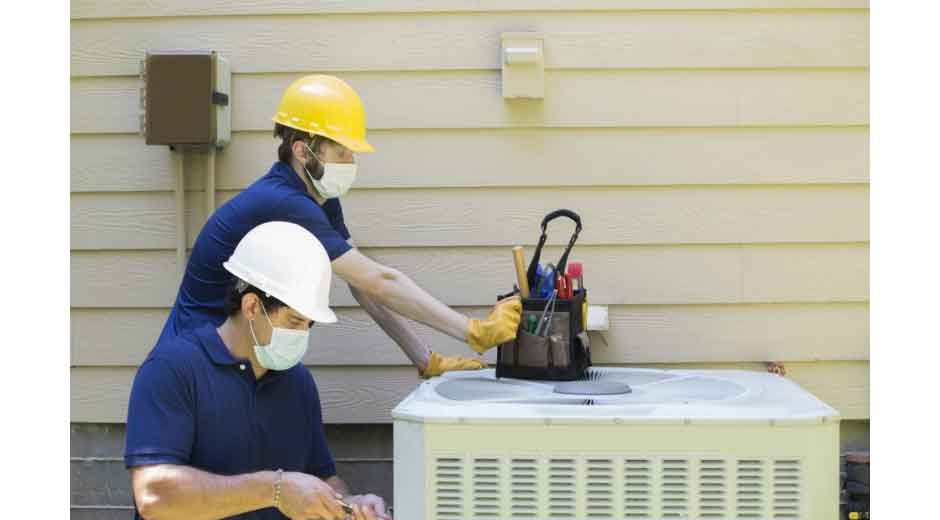When it’s time to install a new air conditioning system, many homeowners are unsure of what the process involves or how long it will take. Installing an AC unit is not just about placing a machine in your home—it’s a detailed, multi-step process that ensures your system functions safely and efficiently for years to come. From the first evaluation of your property to the final testing and cleanup, the installation process is structured to meet local codes, optimize comfort, and enhance long-term energy efficiency.
Whether you’re upgrading an existing system or outfitting a newly constructed space, knowing what to expect makes everything run more smoothly. We will explore each major phase of an air conditioning installation and guide you through the key steps, ensuring you’re prepared before technicians arrive. This knowledge helps reduce stress and ensures you get the most out of your investment with confidence and clarity.
Understanding the Air Conditioning Installation Process
- Initial In-Home Evaluation and Load Calculation
The process begins with an in-home evaluation by trained HVAC technicians. This step is critical because not all air conditioning systems are suitable for every home. During this visit, technicians assess the layout of your property, check insulation levels, and evaluate your existing ductwork, if any. One of the most important parts of this phase is performing a Manual J load calculation. This calculation determines the actual cooling power your home requires, taking into account factors such as square footage, ceiling height, sun exposure, and occupancy levels. Many people assume a bigger unit is better, but that’s not true.
An oversized system can short-cycle, causing premature wear and higher energy bills, while an undersized one may struggle to maintain a comfortable temperature in your home. This calculation ensures you get the right-sized system, both for optimal performance and efficiency. The evaluation also provides an opportunity to ask questions and explore system features, such as zoning, humidity control, and energy ratings.
- Removal of the Old System and Site Preparation
Once the correct system is chosen, the next step is to remove your old AC unit and prepare the installation site. This includes safely disconnecting the old unit from electrical connections, refrigerant lines, and ductwork. Technicians will follow all safety guidelines to recover refrigerant in accordance with environmental regulations, especially when replacing an older unit with R-22 refrigerant, which is now phased out. Site preparation may also involve clearing space around the outdoor unit to ensure proper airflow and placing a new pad or mounting platform for the condenser.
If ductwork modifications are needed, this is the time to address them. Some homes may require additional sealing, cleaning, or even a full replacement of their duct systems to work effectively with modern AC units. This step is crucial to ensure your new system operates efficiently and won’t be hampered by old leaks or debris. It’s a behind-the-scenes part of the process that lays the foundation for everything that follows.
- Installation of Indoor and Outdoor Components
Now begins the core of the installation. Technicians install both the indoor evaporator coil and the outdoor condenser unit, carefully following the manufacturer’s specifications. For split systems, the evaporator coil is usually installed above or within your furnace or air handler. The refrigerant lines are then run between the indoor and outdoor units, and these lines must be cut, flared, and connected with precision to prevent leaks. The system is then vacuumed to remove moisture and air, which can interfere with performance.
During this time, technicians also install or upgrade the thermostat and integrate any requested features, such as smart home connectivity. Attention to detail is key here—an improper slope in the condensate drain or a poorly secured electrical connection can lead to long-term issues. The team ensures every component is level, secure, and connected to ensure maximum reliability. At this stage, your home starts to transform into a more comfortable space.
- System Testing and Calibration
With the physical installation complete, the system undergoes a series of performance tests and fine-tuning to ensure optimal operation. The technicians will pressurize the refrigerant lines, check for leaks, confirm that airflow across the system is balanced, and ensure that all electrical components are functioning correctly. The AC system is then charged with refrigerant to meet exact manufacturer specifications. Even small deviations in charge levels can affect performance and efficiency. Once the system is turned on, technicians monitor cycle times, temperature differentials between the supply and return air, and the thermostat’s function.
This stage helps identify any issues that could cause noise, reduced performance, or unnecessary strain on the system. If you’ve requested zoning, technicians will verify that each zone receives the correct airflow and responds to independent thermostats as needed. Calibrating the system is not only about meeting specifications—it’s about ensuring long-term comfort, reliability, and energy savings that you can count on daily.
Installing a new air conditioning system is a detailed, step-by-step process designed to ensure your comfort, efficiency, and safety. From the initial evaluation and proper load sizing to the installation of components, calibration, and final walkthrough, each stage plays a key role in setting your system up for success. While it may seem like a lot of moving parts, understanding each phase helps homeowners feel more in control and aware of what to expect. With the right professionals guiding the process and clear communication at every step, your new AC system becomes more than just a mechanical upgrade—it becomes an essential part of your home’s comfort and peace of mind.

